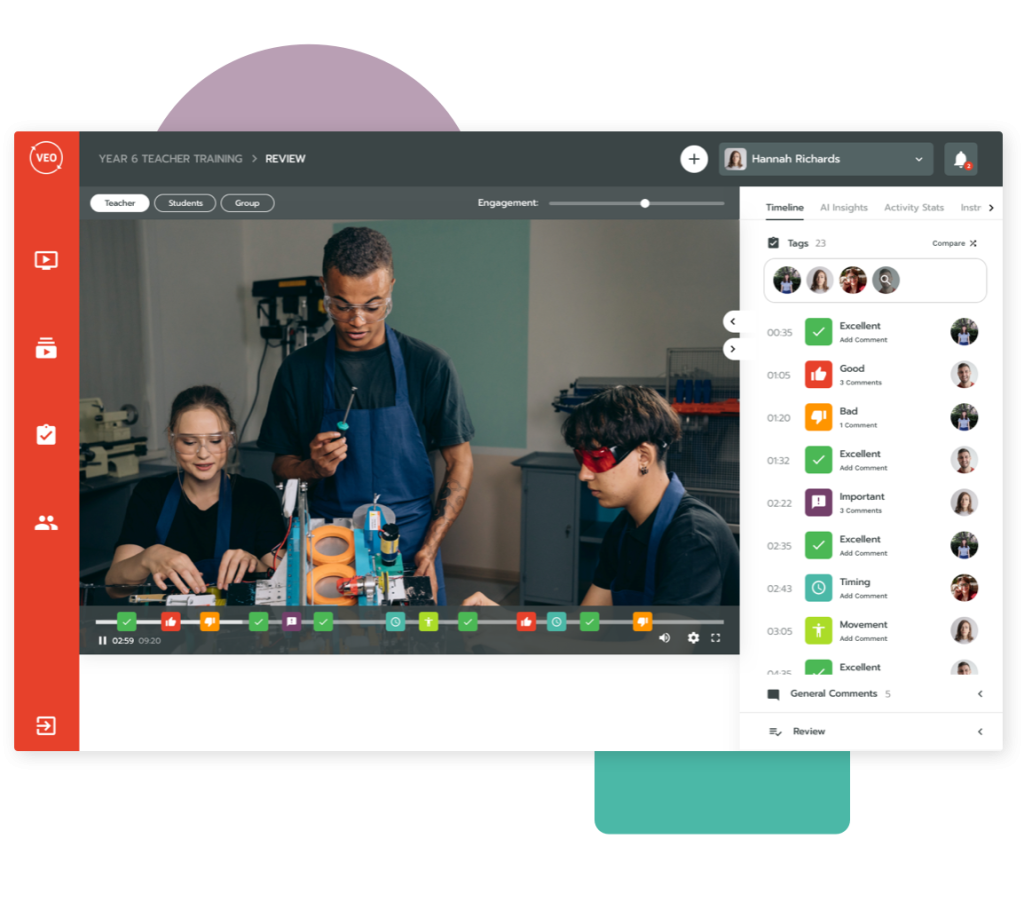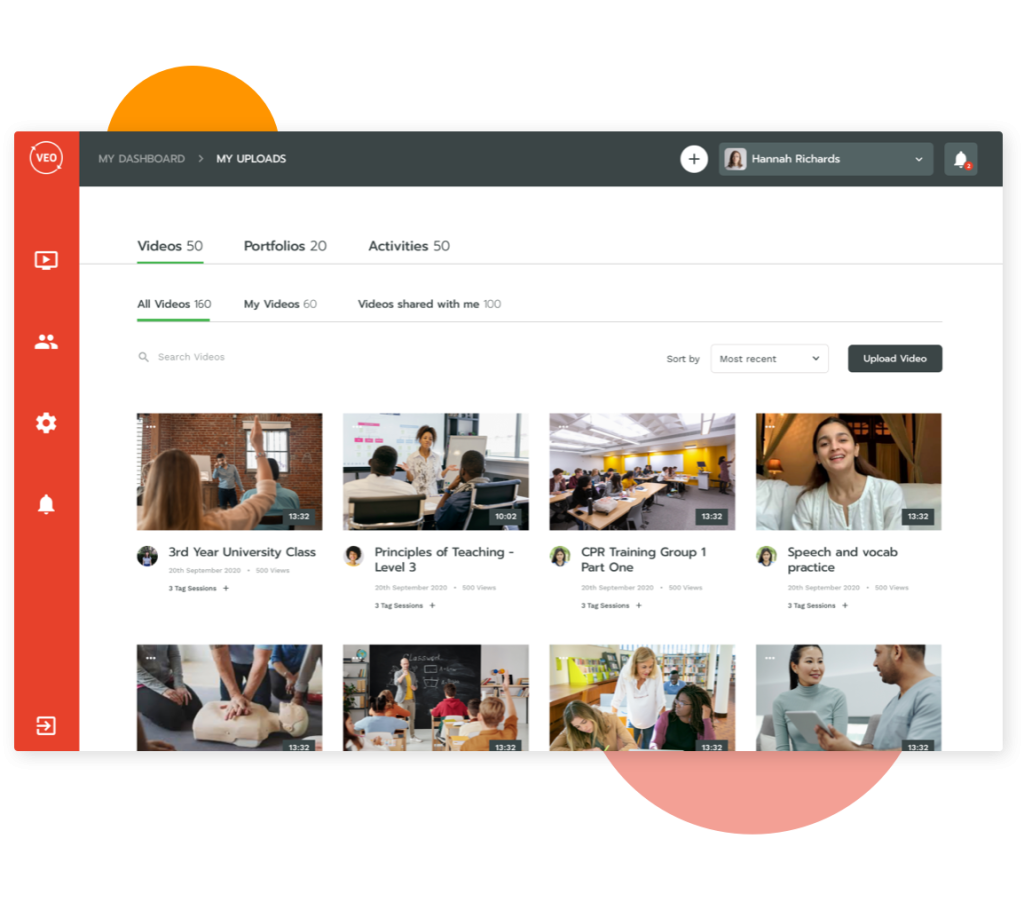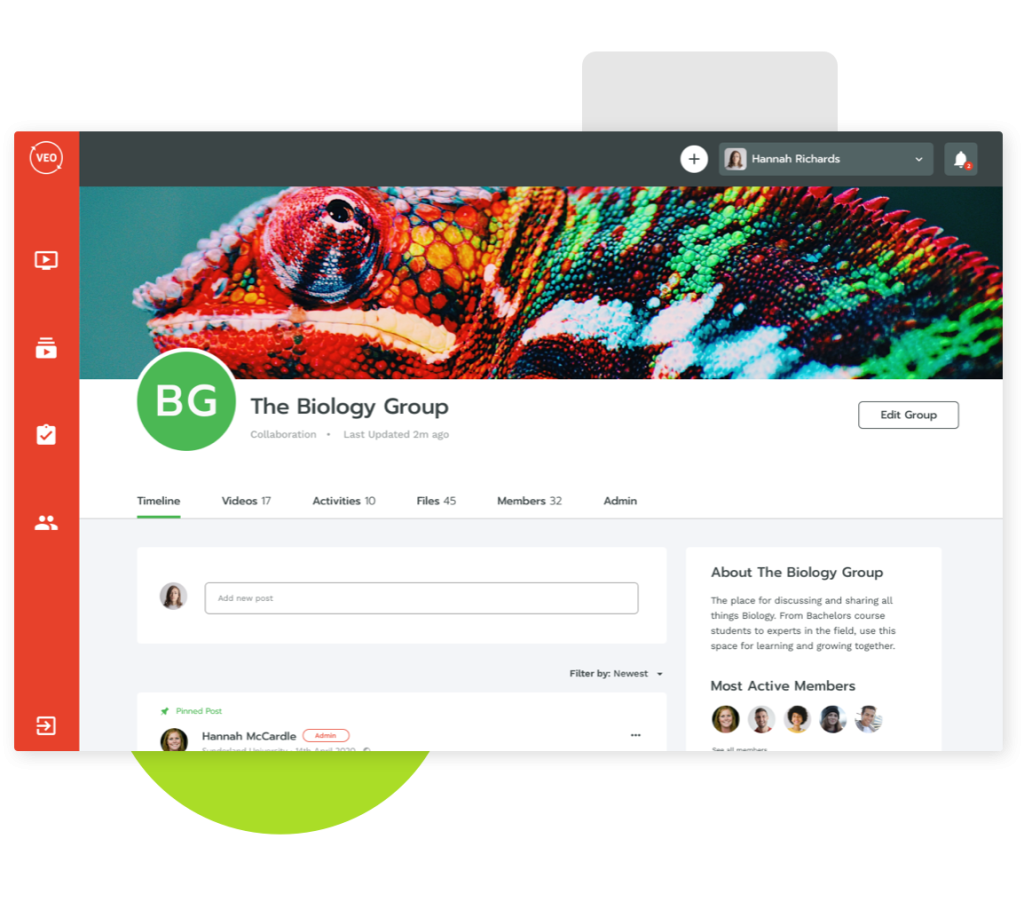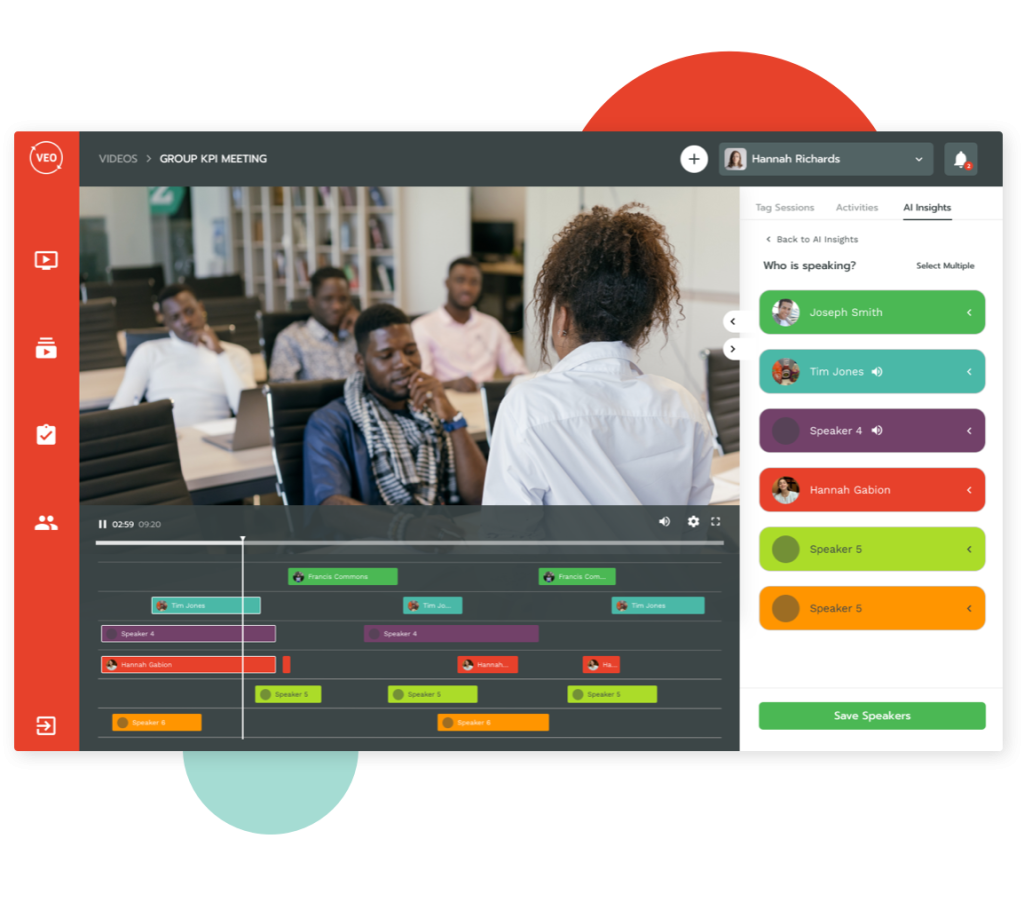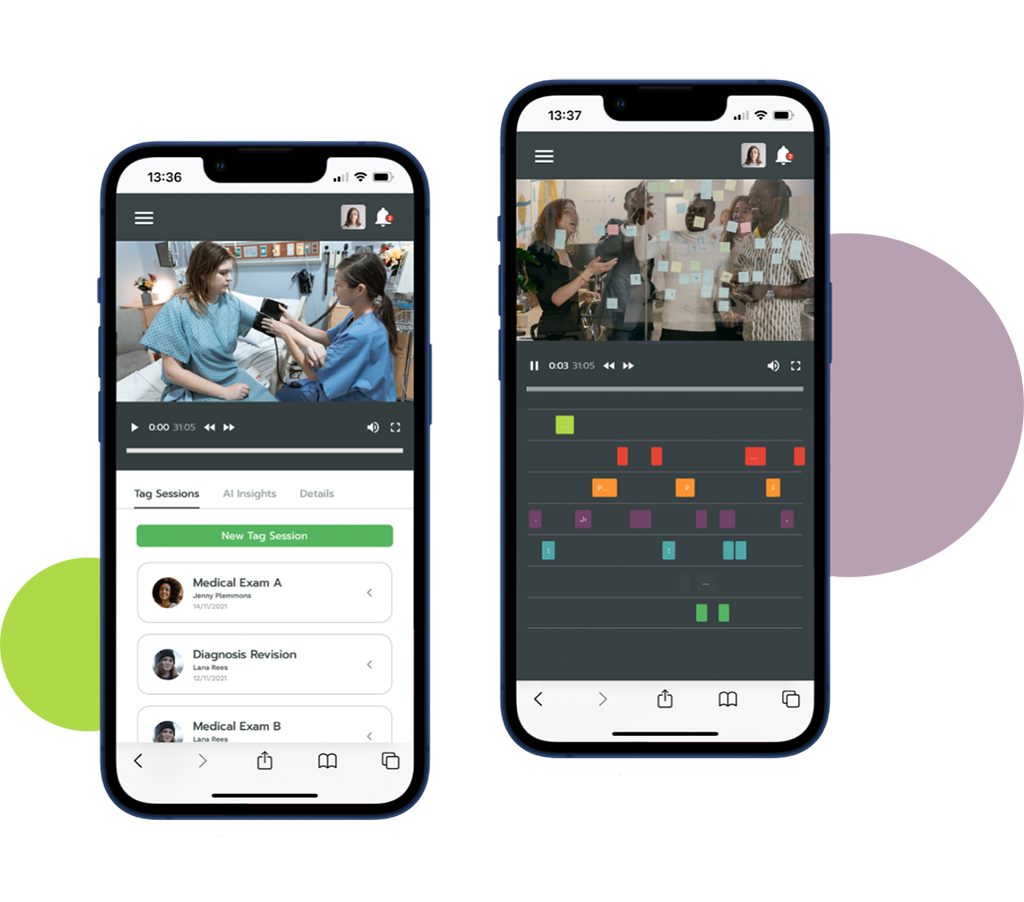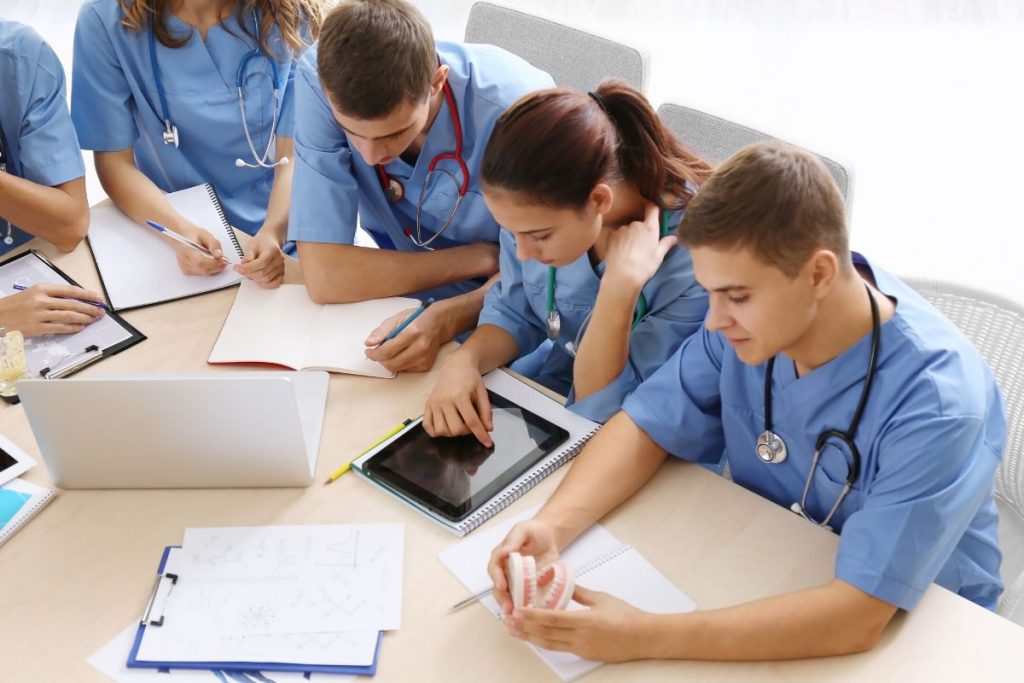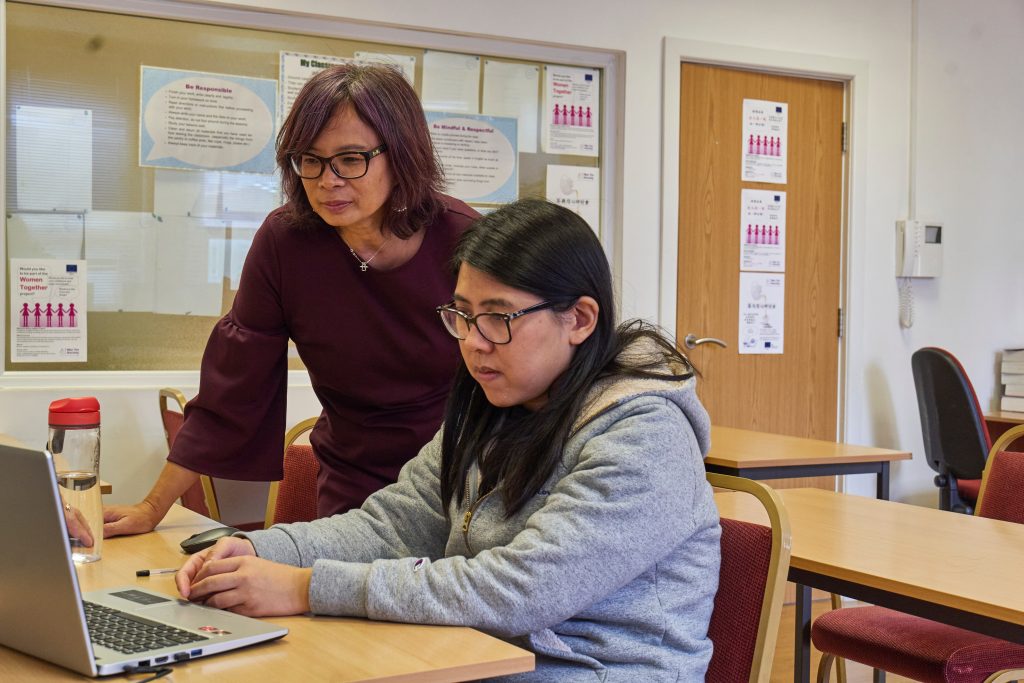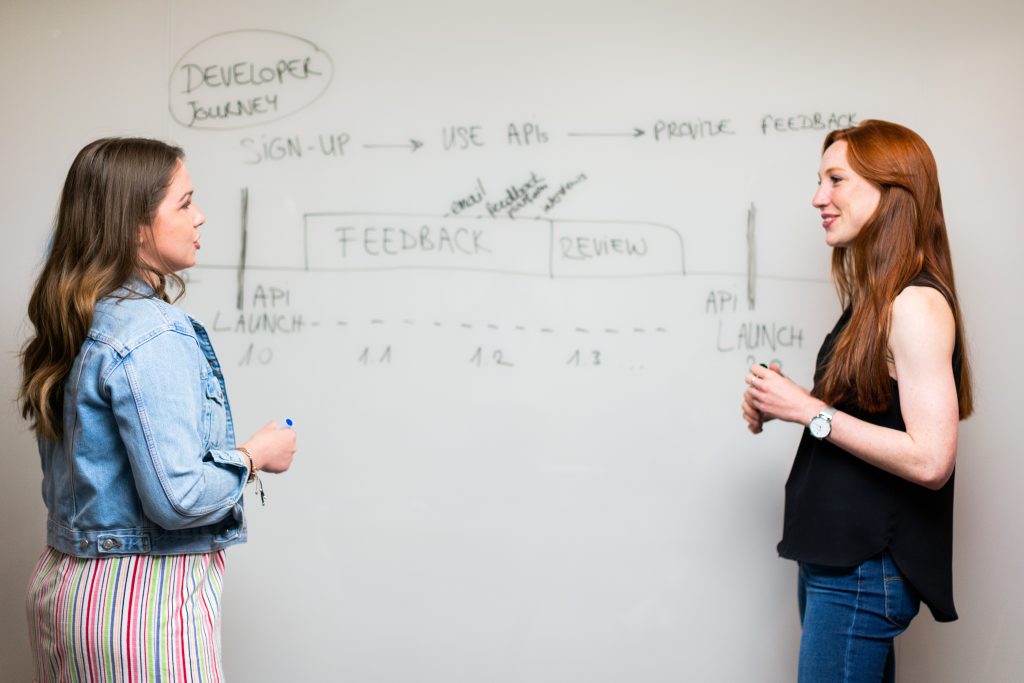Thanks to rapid developments in technology a digital revolution is taking place within education, and don’t we know about it.
Video learning is increasingly becoming an essential part of medical education experiences, and ongoing research is revealing how using video learning technologies can improve learning outcomes for medical students.
So today we’re discussing some of the benefits we’ve discovered when looking deeper into this ongoing research.
1) Video helps students achieve
According to a study by the School of Dentistry at the University of Washington, cases where video was used as part of the teaching and learning process were found to help students achieve significantly higher mean scores on tests, compared to those using more traditional methods. Video was also found to significantly improve cognitive, affective and overall learning outcomes for their students.
Overall, this research concluded that educational technologies, including video cases, can improve the learning outcomes for students in the health profession.
2) Video improves OSCE results
In a study by Biomed Central, the use of video in training for OSCEs (practical medical exams) was beneficial for the majority of students and is therefore considered to be effective in clinical skills training.
The study split students in terms of their access to videos and found those who were able to access videos through their smartphone found it easier than those using a computer.
Did you know that the VEO platform is available on iOS and Android as well as being accessible through desktop? We’re also proud to say that students are already using VEO to improve assessment outcomes, as demonstrated in another study by Biomed Central where they used VEO across the Chiropractic Masters programme at the University of South Wales. It was found that “students participating in the VEO earning environment scored higher in the VIVA examination, indicating a more complete acquisition of the required skills and competencies associated with the assessment point.”
3) Video learning encourages participation
Moran, Briscoe and Peglow (2018) found that within medical education, video learning technologies have allowed clinicians to overcome both geographic and scheduling restraints to encourage participation and allow a more active, learner-centred approach.
Likewise, research from the Journal of Graduate Medical Education suggests that video learning encourages participation too, because of the ability to effectively reach learners with various learning styles and preferences. Having worked with people completing projects across borders and time zones, we’ve seen first-hand how connecting through video increases active engagement amongst learners.
4)Video provides a safe learning environment
The British Medical Journal states that using video is beneficial for medical students because they provide true to life examples without compromising the safety of either the patient, the teacher, or the student in any way.
This is particularly true of patient video cases (PVCs), where short videos are taken of patient behaviours which are then used for reflection and analysis as part of the teaching process. This highly interactive style of learning has been associated with positive learning outcomes for medical students.
Start using video to improve medical education outcomes for your students
Harness the power of video learning in your own classroom using the VEO platform by signing up for a free demo today.
